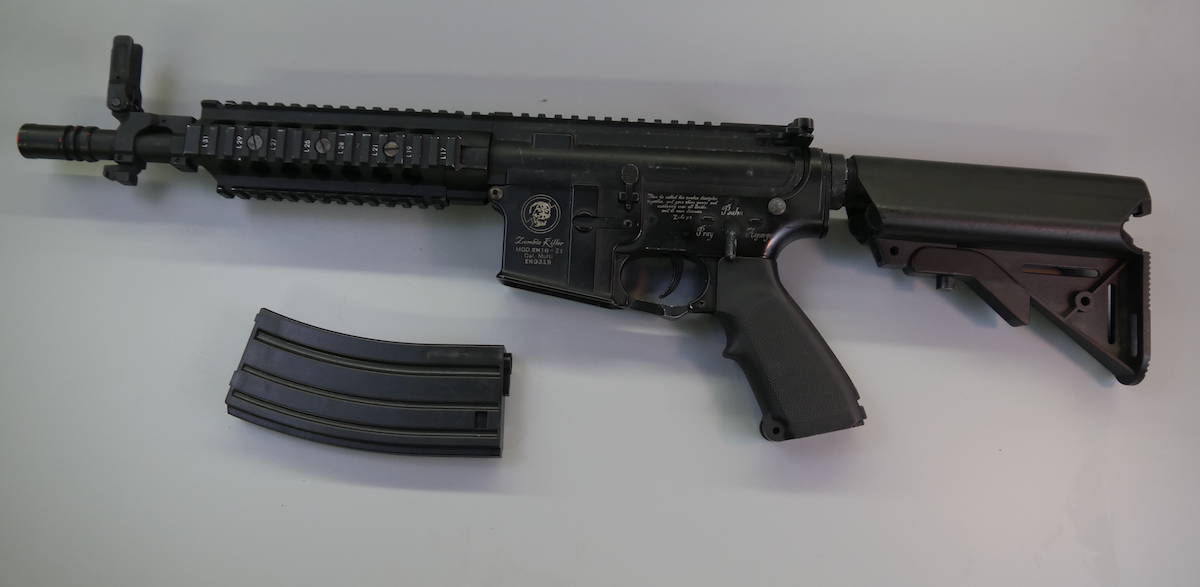
Polymer lowers will often require the addition of anti-walking pins in the fire control group. Both lower AR-15 receivers will use the same parts and both have proven capable of making a firing weapon. The lower receiver’s job is the hold the lower components in place and allow them to function. Machining a Forged Aluminum AR Lower Receiver The metal receiver is often more reinforced is this area. For police and military applications where the rifle could fall, or be bumped hard, metal tends to be the more durable material.Ĭomparing most 80% polymer and metal AR-15 receivers you’ll notice a major difference in the reinforcement, especially around where the safety is installed. In terms of shooting durability, there is not noticeable difference because there isn’t much stress on the lower when firing. There are plenty examples of this happening. The torque applied to the buffer tube and castle nut can stress and break a polymer AR-15 receivers. This is where polymer lowers tend to be weaker in nature. One of the primary differences is the buffer assembly.
#Aluminum vs steel assault rifle series#
How does plastic compete with metal in terms of durability? Certainly, rifles like the FN SCAR series and their polymer lowers work. The big question is can polymer replace aluminum on AR-15s? Polymer has come a long way in the last few decades, with most modern handguns being composed primarily of polymer.



Polymer lowers are relatively new, and have gotten attention in the 80% world for their claims of being easier to build. Aluminum ar-15 receivers have proven themselves through decades of war to be reliable and capable. Aluminum receivers have been built almost entirely from aluminum since the first AR 10 was built by Eugene Stoner and Armalite.


 0 kommentar(er)
0 kommentar(er)
